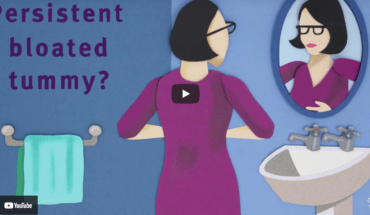Occupational cancer claims 666,000 lives a year worldwide. Employees undergoing cancer treatment require individually-tailored approaches to help them remain in work or return to their job, says newly-published guidance.
The Institution of Occupational Safety and Health (IOSH) has published a new guide for employers, Return to work after cancer, marking World Cancer Day on 4th February 2017.
The research was undertaken by teams at the Institute of Occupational Medicine (IOM), Loughborough University and Affinity Health at Work.
Return to work after cancer highlights that personalised programmes, which are regularly monitored and include flexible hours and carefully-managed workloads, can help both employers and employees with the process. The guide has been included in IOSH’s Occupational Health Toolkit, a free online resource for to assist employers with occupational health issues.
The guidance has been issued following the publication of a research report, which highlighted the specific health and safety risks brought about by staff who continue working or return after an absence.
Half of people diagnosed with cancer in the UK now survive for at least ten years after diagnosis, according to Cancer Research UK.
The team identified that the barriers affecting people staying in work or returning successfully include the job role itself, such as physical and psychological factors, and symptoms of the illness and treatment, like fatigue.
With that in mind, the guidance and the report recommend risk assessments cover the psychological demands of the work, the risks of infection, access requirements like parking facilities and breaks in the working day among many other factors.
Kate Field, Head of Information and Intelligence at IOSH, said: “It is important that organisations – human resources, line managers and of course occupational safety and health practitioners – take these issues into account when supporting those diagnosed with cancer.
“The research also adds weight to the evidence that organisations need good rehabilitation processes in place to provide effective support and ensure a successful return to work which includes regular communication and flexible working. This is true whatever the type of ill-health, physical or mental.”
Dr Joanne Crawford, who led the research team at the IOM, said: “As more of us are returning to work after cancer, looking after the health and safety of those returning to work is essential.
“Our project highlighted the importance of identifying and managing risk for those returning to work through individualised risk assessments and flexibility in the return process and other areas of good practice.”
Julie Farmer, Groups Manager at IOSH, returned to work after undergoing treatment for cancer and has also supported colleagues through the process. She said communication was crucial to the return being successful.
She said: “Going back to work is valuable for all concerned. You need the normal stuff to continue. It was my only way of keeping a bit of control and beating it.
“Communication is the key; having open discussions and taking away the fear that it exerts can help to beat it. It takes courage but you must be comfortable talking to your manager. You and your manager should use available resources and take the journey together.”
The return to work guidance has been added to IOSH’s online OH (occupational health) toolkit, a free resource to assist employers manage occupational health problems.
A webinar with comments and advice from Julie Farmer and Kate Field is on IOSH’s YouTube channel.
IOSH also provides free practical materials to help businesses prevent cancer caused by carcinogens in the workplace as part of its No Time to Lose campaign.
- Gut microbiome could delay onset of type 1 diabetes - 3rd April 2025
- The da Vinci 5 Robot Is Set To Transform Bariatric Care: - 31st March 2025
- Beyond money: the hidden drivers fuelling child food insecurity - 31st March 2025






